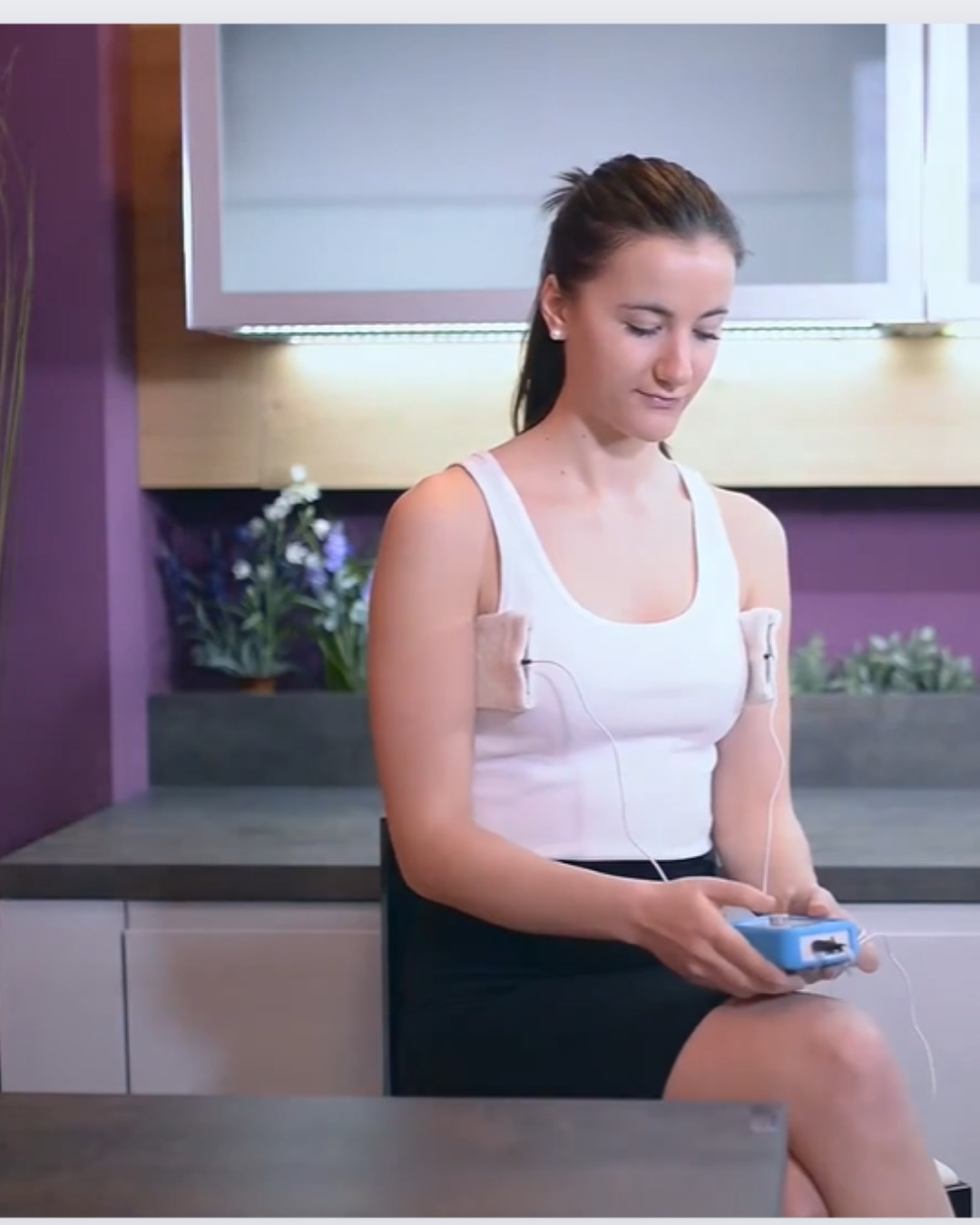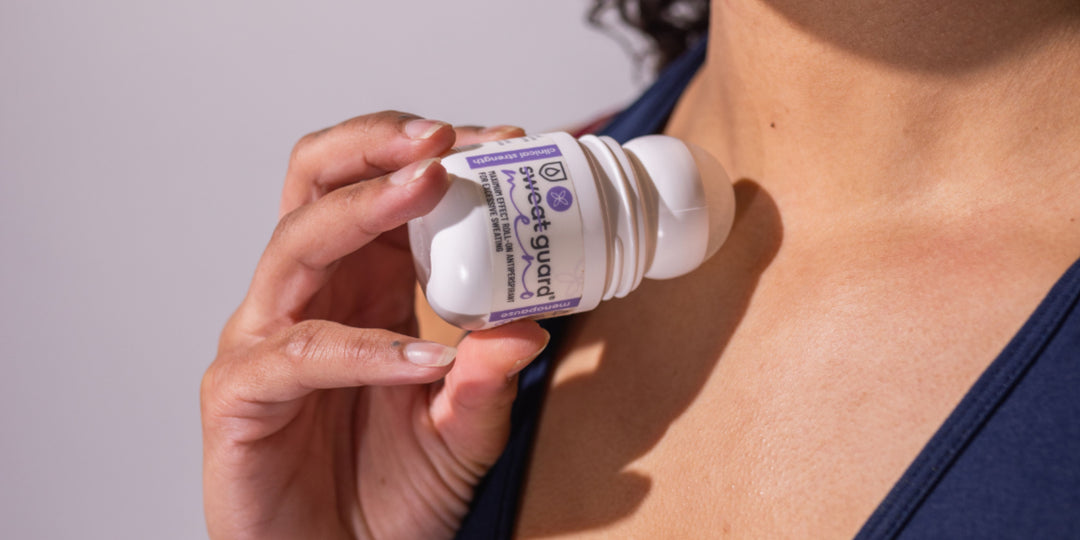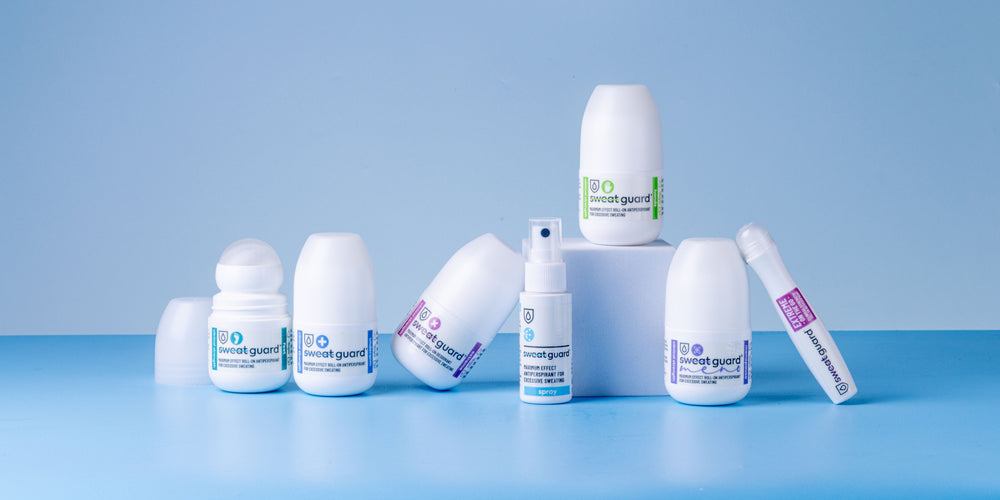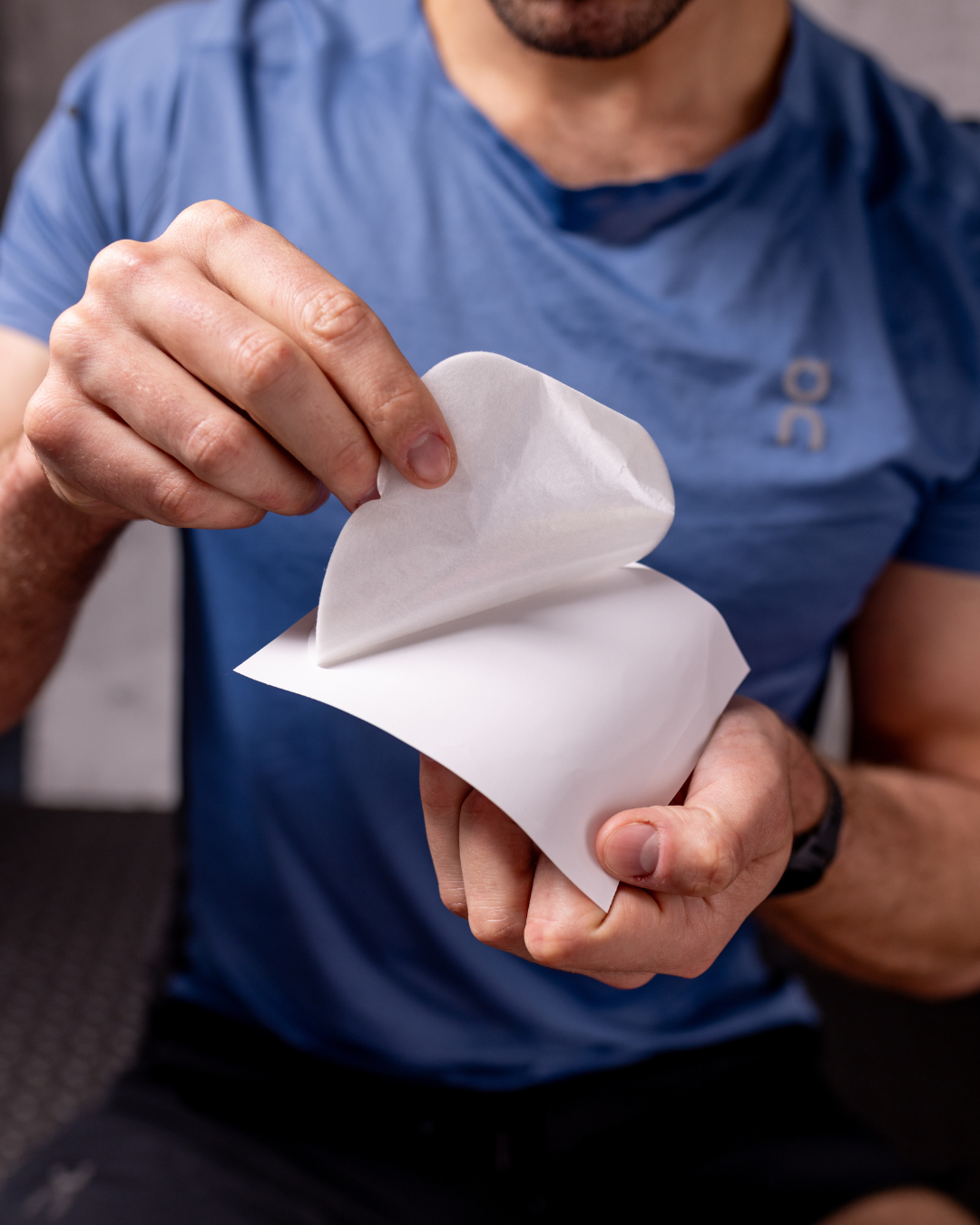How we can help
We set up Sweat Guard to discover, develop and make available more effective specialist products for those who suffer from excessive sweating.
What is hyperhidrosis?
Excessive, uncontrollable, chronic, genetic sweating disorder. Many more people are not diagnosed but need help with their excessive sweating. Over 385 million people worldwide have hyperhidrosis.


Hyperhidrosis is more common than autism, psoriasis and peanut allergies, but due to stigma and embarrassment is rarely talked about. In some people, the body’s mechanism for cooling itself is so overactive that they may sweat four or five times more than is necessary or normal.
Hyperhidrosis affects 4.8% of the population
- 88% of sufferers say their excessive sweating has either stayed the same or became worse over time.
- 65% say Hyperhidrosis is an issue whatever the season or weather.

Our products
Clinical strength antiperspirants
Sweat Guard has continued this quest over the years continually improving our products. Our unique excessive sweating products now include clinical strength antiperspirants that really work and extremely strong deodorants to beat body odour.
Iontophoresis machines
Sweat Guard's iontophoresis machines can be used safely and conveniently at home to dramatically reduce and prevent daily excessive sweating.
Sweat pads
Our sweat pads have been developed to be more absorbent than other pads on the market and remain discretely in place throughout the day whether in the office or on a building site.






